
Table of Contents
Brief Introduction
Whether the focus is accurate or not determines whether your photo can be clear in the clear place, and the blurred place is blurred, which determines whether the photo can meet your shooting needs, which is the foundation of the foundation.
To achieve accurate focus, you must have sufficient knowledge of the camera’s focus mode. What are the characteristics of each of them, and which subjects are applicable/inapplicable? How many operating tips and precautions we should know?
What I want to explain to you today are the characteristics of several main focusing modes, their applicable subjects and precautions for use, let’s take a look!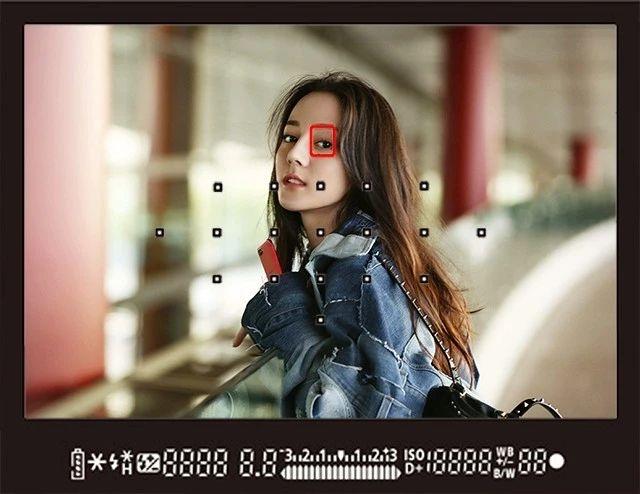
1. One-Shot AF
This is the most basic focus mode. Half-press the shutter, and the autofocus system will start working, and after successfully focusing, you can press the shutter to take a photo.
If you are not satisfied with the autofocus results and need to refocus, or you need to change the focus, you just need to release the shutter, then half-press the shutter again, and start the autofocus again.
As autofocus technology becomes more and more mature, the process of focusing is getting faster and faster. Some cameras can almost complete the framing, half-pressing the shutter, and focusing in an instant, which is very convenient and fast.
It is because of this superior convenience that One-Shot AF is suitable for most static subjects. But it also has a problem, that is, it is not suitable for shooting high-speed moving objects.
You must know that there is a time difference between when you start half-pressing the shutter to focus and when you press the shutter to shoot.
When you are shooting static or low-speed dynamic subjects, this time difference may not affect the shooting. But when shooting dynamic subjects (especially when the direction of movement is perpendicular to the lens), this may cause the subject to be out of focus when you press the shutter.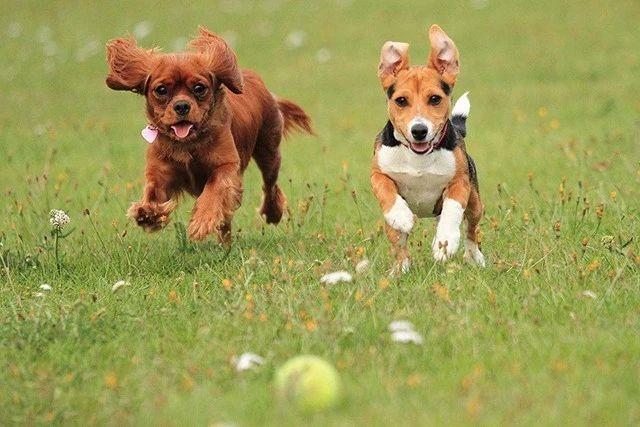
So, what focus mode is suitable for shooting dynamic objects? Try continuous autofocus.
2. Continuous AF
Continuous autofocus is also known as continuous servo focus. After pressing the shutter halfway, the camera locks on the subject or locks the focus area. Once the focus distance between the target and the camera changes, the camera will automatically focus.
As long as the first focus is achieved and the focus is on the subject, it is equivalent to specifying a target for the camera. “You shoot me chasing it”, you can keep the focus on the subject.
It is precisely because of this special working mode that continuous AF is most suitable for shooting sports subjects, which can ensure that the focus is always on the subject and keep the subject clear.
Use this mode for high-speed continuous shooting, and the camera will refocus before each shot. If the autofocus speed is not fast enough, it is likely to lead to the phenomenon of being lost.
Therefore, the faster the subject is, the higher the requirements for the camera’s focusing ability (in fact, the computing power of the autofocus system). And it depends on the performance and grade of the camera.
Generally speaking, professional cameras are definitely more capable of focusing than entry-level cameras. And models that specialize in sports themes will enhance the focus tracking function to the extreme by sacrificing some other capabilities.
3. Face Recognition Focus
The enhanced capability of the autofocus system is reflected in two aspects.
The first is speed, the focus calculation speed is getting faster and faster. The second is intelligence, and some focusing functions for specific needs have been developed. Among them, the most typical is face recognition.
After the face recognition function is turned on, the camera will give priority to the face that appears in the viewfinder when performing one-shot/continuous AF.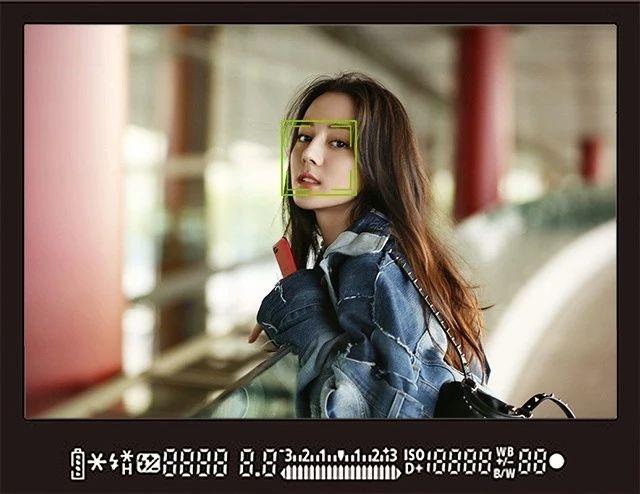
This function is specially designed for shooting portraits. Whether shooting still or dynamic portraits is quite powerful, but its use also has some limitations.
limitations
First of all, it is the aspect ratio of the face. The face needs to maintain a certain proportion, and the face that is too small will not be able to guarantee normal recognition.
Secondly, if there are multiple complete faces with a large screen ratio and different distances from the lens at the same time, the face recognition focusing results may be biased.
The focus is likely to fall on the closest and largest face, but it does not rule out the possibility that it will run to other faces, and the result is more uncontrollable.
And if you want to ignore the face that is close and let the focus fall on the face that is farther away, it is even more difficult.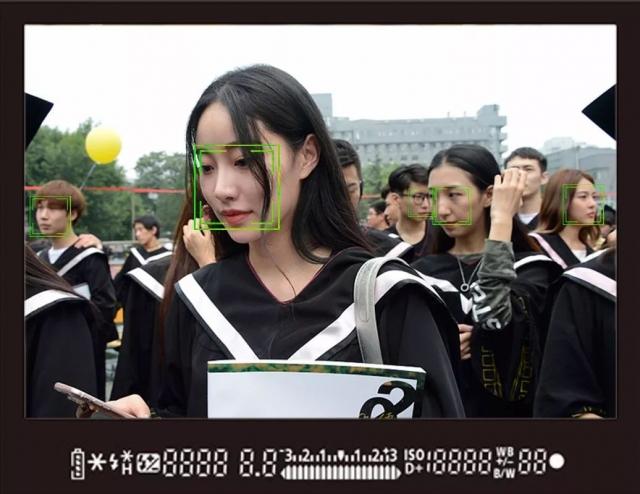
In response to this problem, the recent face recognition system continues to develop towards intelligence, and has developed targeted functions such as “priority recognition of adults/children”, “priority recognition of smiling faces”.
These functions provide targeted weighting for the faces in the picture, effectively improving the problem of the camera being confused when faced with multiple faces.
Most cameras now have facial recognition capabilities. However, this relatively advanced “smile face recognition” intelligent system is estimated to be less popular.
In addition, no matter how smart the intelligent system is, it still cannot fully meet our shooting needs. At this time, we may need to manually do some small operations to help it.
4. Manual Focus Assist
The several focusing modes mentioned above can be called “full automatic focusing” to a certain extent, and the system can help you choose the focusing point through its own calculation.
The biggest advantage of the fully automatic focus mode is convenience. When you need to take a snapshot and have no time to adjust the focus point, or when you need to take a lot of photos and have no time to focus one by one, the automatic focus comes in handy.
However, the automatic focus also has a disadvantage, that is, when the camera automatically selects the focus point, it tends to choose the object close to the center of the frame, because the center focus point is the most powerful.
That is to say, when you want to place the subject on the edge for shooting needs, and there are other very present scenes in the center of the frame, the focus may not be on the subject.
In this case where autofocus cannot meet the shooting needs, we should use manual focus assist.
The so-called “manual assisted focus” is not a built-in focus mode of the camera. But a series of methods that combine the camera’s autofocus capabilities and our subjective choices to meet specific shooting needs.
One of the most typical is “focus first and then compose”. That is, first put the subject in the center of the frame, then use the center focus point to complete the autofocus. Then press AF-L to lock the focus, and then recompose the shot.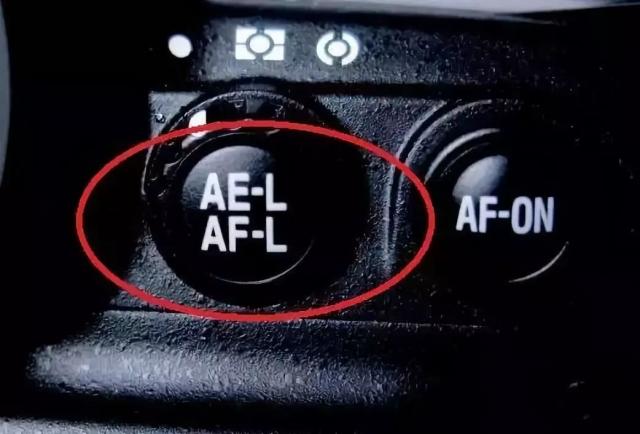
How to assist focus
During the process of moving the camera and reframing, your camera-subject distance may change slightly. But this change will not cause the subject to fall out of the focal plane, so don’t worry too much.
In addition to the above ” old-fashioned way “, most cameras now have optional focus points covering almost the entire viewfinder. And you can manually select the position where you want to focus. The number and coverage of selectable focus points varies from brand to brand.
By touching and clicking or turning the wheel, you can select the focus point at a specific position. And the camera will focus on that position.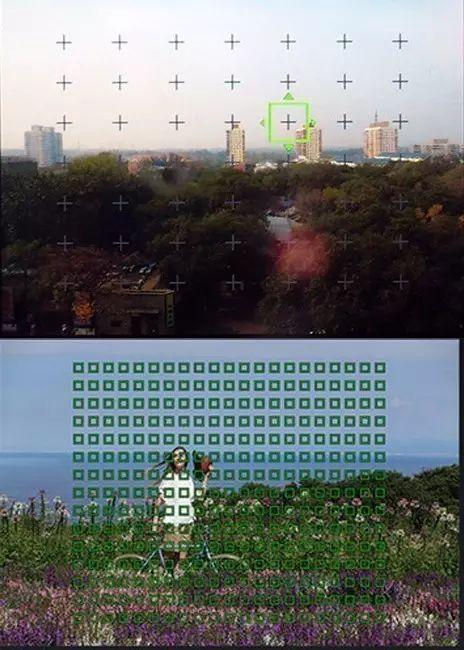
Of course, the optional focus point may not completely cover the entire screen. And the position you want to focus on may just not have the optional focus point.
In that case, you’re stuck with the old-fashioned way of focusing first, then composing the shot.
After introducing several focusing methods that combine automatic, automatic and manual, the next thing to introduce is pure manual focusing.
5. Manual Focus
Manual focus is to precisely select the distance from the focal plane to the lens by rotating the focus ring. To activate this mode, you need to adjust the AF/MF gear to MF, which is the manual focus gear.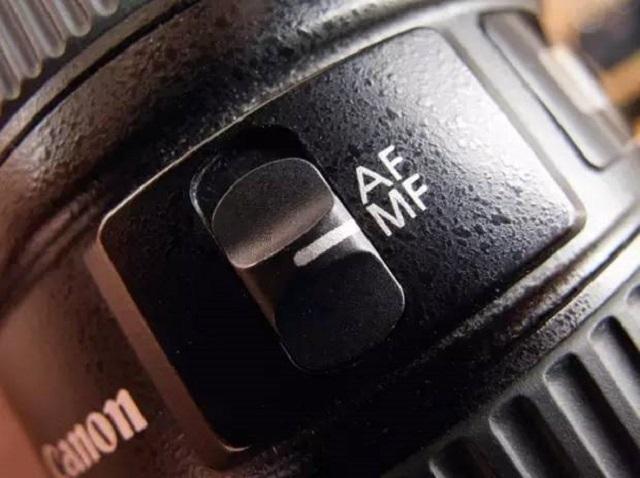
The manual mode can most accurately reflect the photographer’s will. The disadvantage is that it is too troublesome. And you have to slowly turn the ring to focus slowly every time. With a slightly larger volume, manual focusing can be very laborious.
With the gradual upgrade of the autofocus system, the autofocus function has become stronger and stronger. And has gradually become the mainstream of shooting. But in some shooting situations, manual focus is still the only option.
For example, in low-contrast scenes, especially shooting in low-light environments, the autofocus system that calculates based on light and contrast may not work properly.
When shooting night scenes, sometimes the lens will have the phenomenon of “pulling the bellows”. This is actually an error in the calculation of the focusing system. And the performance of the focus cannot be achieved. And you need to focus manually.
Another subject that requires the most manual focus is macro photography.
This is because the depth of field of macro photography is extremely shallow. And the accuracy of the focus point is extremely high. If you shift it a little bit, the entire photo may be destroyed.
In addition to the low-light environment and macro subjects that require manual focus, there is a special focus method that also needs to be completed in manual focus mode. That is, hyperfocal distance.
“Hyperfocal distance? I know, it’s focusing at infinity. In manual focus mode, turn the focus ring and aim at infinity, and the whole picture can be in the clear range.”
